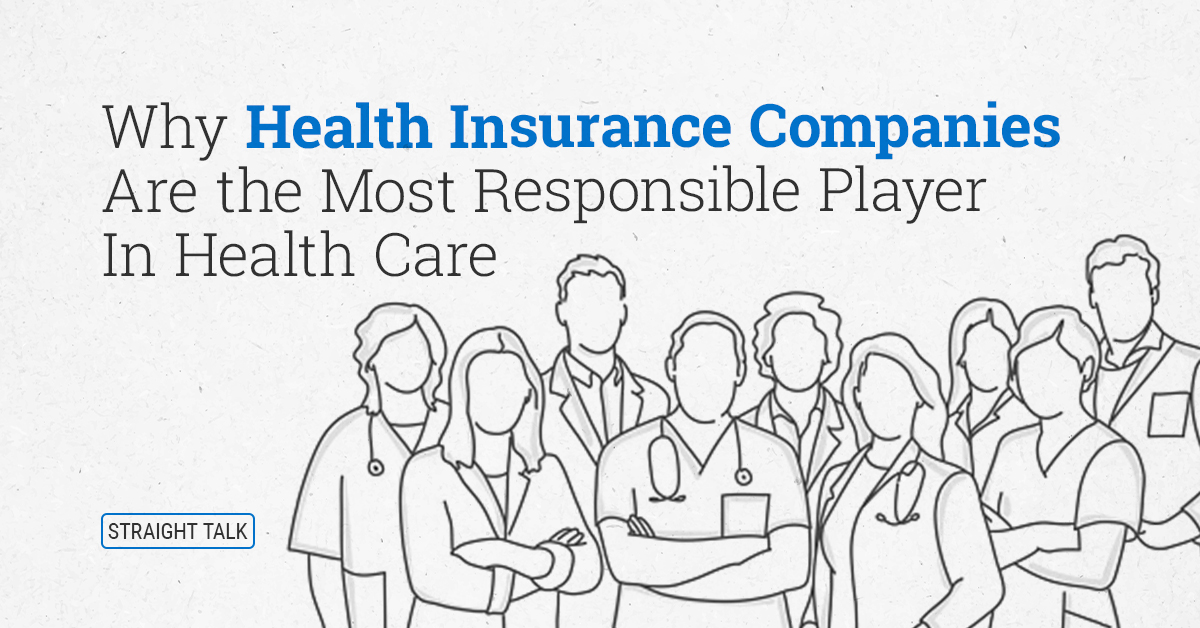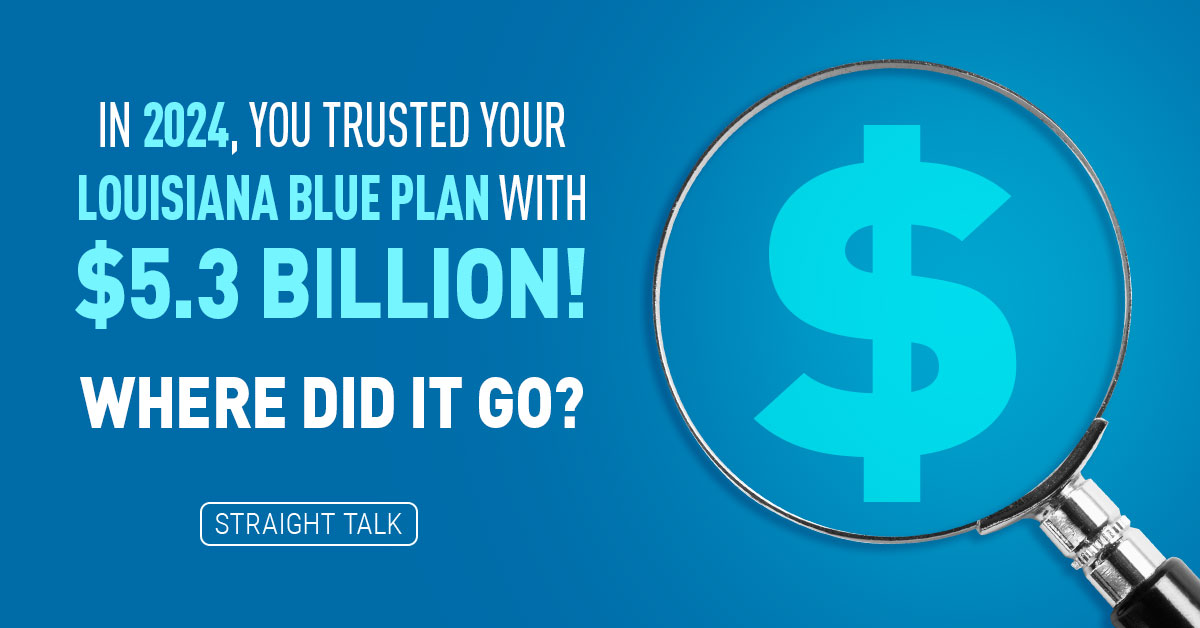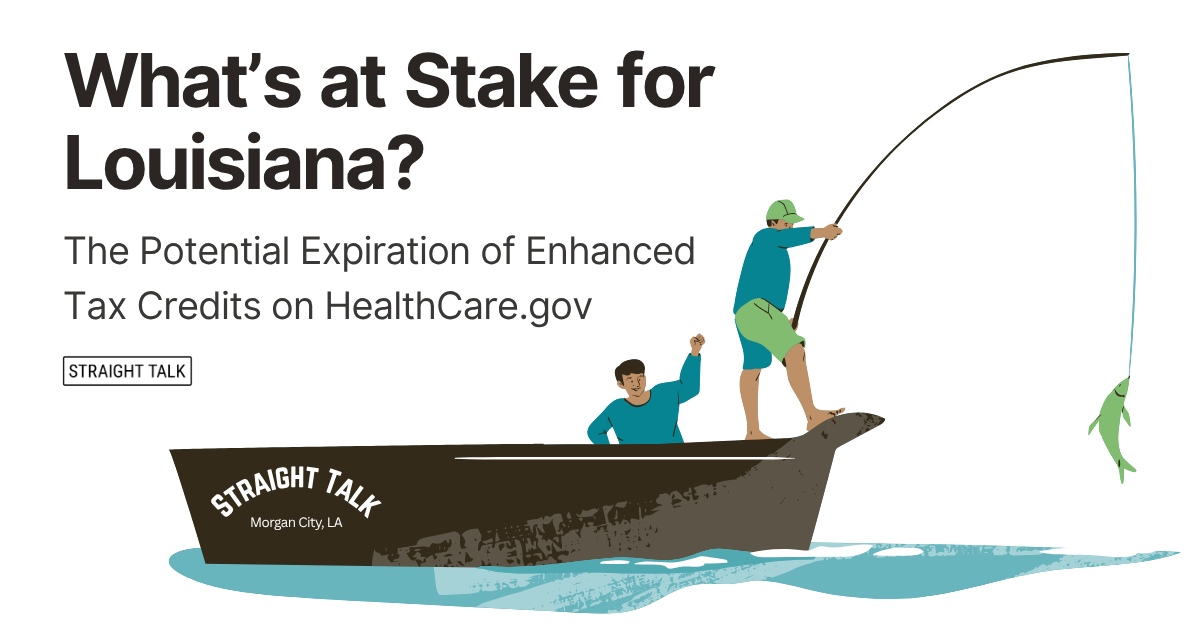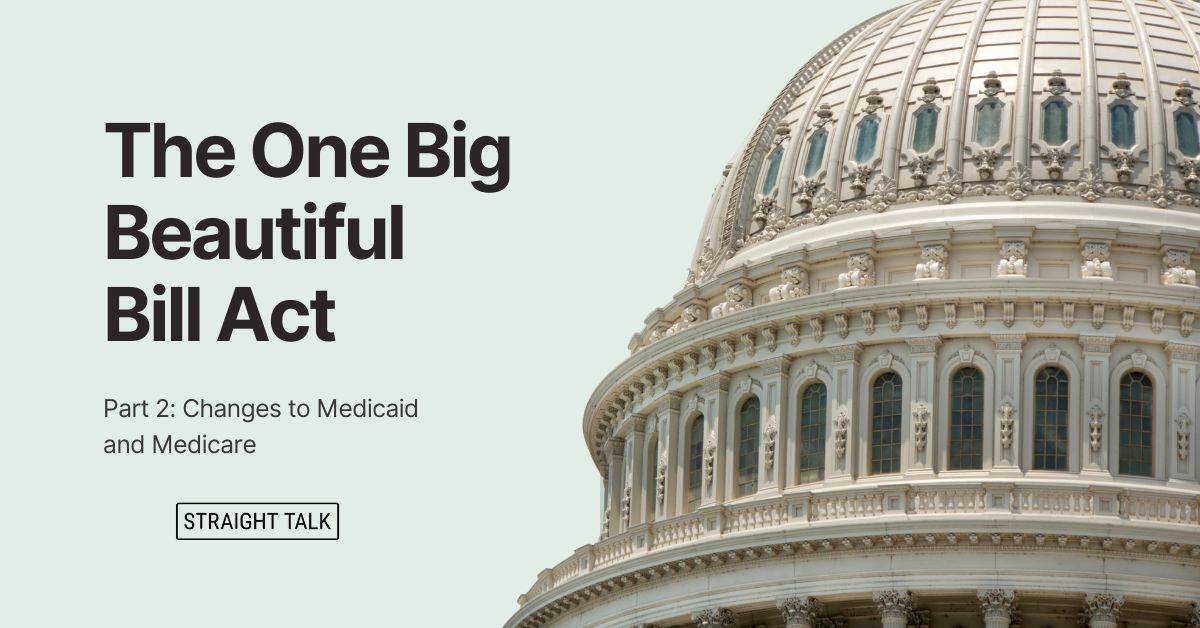It’s a strange business, this health care stuff. I mean, what else do you use in your life that is so hard to predict? What else do you use or buy where you know so little up front about costs?
There are thousands of health care vendors in Louisiana that you might use – people and places like hospitals, urgent care clinics, primary care doctors, specialists, labs, imaging centers, physical therapists, pharmacies, etc. The list seems endless. And of course, some kind of deep-pocketed, third-party payer is a must to help you pay for it all.
If you’ve ever heard me in a speech, media interview or compliance seminar, you’ve probably heard me say this:
“The one thing we have done in health care here in the USA that no other country can touch is we’ve managed to design a system that NO ONE can afford to pay for out of their own pocket if they get sick.”
I’ll stand by that. We’ve written about the actual costs of health care on several occasions, and it’s murky and always seems to cost more than we think. What can you actually trust in this system?
When Your Health Plan Pays You
In March 2010, when Congress approved and President Obama signed the Affordable Care Act, they laid upon health insurance companies like Blue Cross. And we were glad to accept that responsibility on your behalf.
Health insurance companies have federally monitored and regulated caps on their profits. And gross margins. And have to guarantee their customers that a very large percentage (typically as much as 85%) of the premiums they pay them goes ONLY toward paying for their health care. But at no time were any caps on profits put on any other health care entities. Not hospitals, clinics, urgent care, docs, pharmacies, labs, medical equipment suppliers – NONE OF THEM have any limits on their profits or requirements about how much of the money they take in from patients has to go directly back to paying for their care. ONLY health insurance companies do. Think about that…
So Mike, what happens when a health insurance company makes too much money?
Believe it or not, we give the excess back to the customer. When we have savings, we share it. We give REBATES.
Typically, these rebates, in our business model, arise because people don’t use as much health care as we thought they would OR some of our cost-saving measures are working beyond our expectations. That’s what happened to two slices of our business back in 2021, and we are returning money to them through rebate checks.
Who Is Getting a Rebate?
Certain individual members and members of some large employer groups used less health care than we predicted. We continue to see more savings from our Quality Blue program that rewards health care providers for getting better results all while we make every effort to hold down the cost of prescription drugs. A successful combination of these things means that this year, we are issuing rebates to about 30,000 of our members. Money back to them, or their employer plans.
The first group of members eligible for rebates are people who owned Blue Cross-branded individual plans during 2021 like Blue Max, Blue Saver, Blue Value and Blue Select. If you were on one of those plans and you’re eligible for a rebate, you should get a letter explaining the rebates, then a check by the end of the month.
The second eligible group were companies that owned large-group HMO Louisiana plans during 2021. Eligible companies also will get letters explaining why they are getting rebates during September. The employers will get rebate checks and must use the funds to either reduce employee premiums or give cash rebates to eligible employees, since the money is coming back through the company health plans.
We take our responsibility to spend the majority of premium dollars on our members’ health care needs VERY seriously. And because we are the only health care player regulated in this way (you’ll never get a rebate from your doctor, hospital or drug company, trust me!), we will be completely transparent with you about how Blue Cross spends your money.
I feel that trust every morning when I wake up. Last year we managed almost $8 billion in premiums and claims costs for our members in group and individual health plans. To be trusted with that kind of money and be in business for 88 years in a row with that kind of trust, is very precious to all of us here.
I just want to straight out thank you for your trust in us, again. And where we have savings, we will certainly try to share it with you, every time.





The main fly in the ointment is the low balling by Pharmacy Benefit Managers of administrative costs to insurance companies to gain contracts, then charging excessively to insurance companies on medications they fill at their mail order pharmacies that they own to main enormous profits. These excessive profits result in increased medication costs, usually way higher than the inflation rate. Plus it allows insurance plans to claim operating costs are lower, as the higher medication is a “medical expense”.
I wish insurance companies would stop allowing the PBMs to play these games, which inevitably result in “hiding” extra money (of course, this cause premiums to rise, thereby costing patients more of their hard earned money.
Chris!
Excellent Comments! But you are missing one small factor: Because of the ACA’s gross margin restrictions, we cannot cover the cost of creating contracts for 12,000 drugs in our typical formulary provided by over 1,200 different drug manufacturers in our administrative expense without drastically raising health insurance premiums. Last time I checked, we would have to raise rates a total of around $300 million annually, JUST IN LOUISIANA, to cover those costs, which under the current system are called “medical costs.” If this is a “game” as you say, it’s one created by the gross margin restrictions in the affordable care act, and we are reacting the only way possible to avoid passing those costs on as much higher premiums. Even though we buy almost $1 Billion in drugs annually on behalf of our members, we are not a significant drug purchaser here in the US market (which typically exceeds $400 Billion/year) so our leverage is very minimal in fixing this problem compared to a PBM or PHARMA’s leverage.
Sadly, the federal government chose this system, where we are limited in profits, but PHARMA is not and so that is how money will flow through the system. We don’t “allow” anyone to play any games, we are trying to minimize our clients’ costs under the current structure and this is what we are left with. No other player has these rules. And mail order pharmacies, especially for super-high cost biologics save our client’s money in that system, so they will keep trying to use them. Remember, 90% of our customers have insurance because they have a job, or are related to someone who has a job, so employers have a huge say-so in how this is run, and rightly so.
We can’t even reduce formulary sizes much to save money without running afoul of Qualified Health Plan rules, also from the ACA. Did you know the typical Canada national plan covers 3,500 drugs? The UK’s NHS about 4,500? But we are required to cover three times that many.
So no matter how you slice it, our maneuvering room in the current system is minimal. You can thank the writers of the ACA for singling us out and perpetuating this system.
Good comments! Keep ’em coming.
There is evidence that mail order is not used to save money, but to increase prices paid to the mail order pharmacy, which in fact, is owned by the PBMs. Ex:
https://www.bing.com/search?q=lee+zurik+chris+dupre&form=ANNTH1&refig=d5271768c91b4c69b86a9daeddd551f2
Also, throw in the growing evidence of PBMs demanding rebates that increase the cost of medications, ostensibly to “lower” the cost to the sponsor. But recent reports from Texas (only Texas figures, nationwide, the figures have to be incredible) are indicating that the PBMs are keeping 13% of the rebates, although the claim has been 5% or less. In just Texas, this was $466 million + that should have gone to sponsors (or patients by way of lower premiums):
https://www.drugchannels.net/2022/08/texas-shows-us-where-pbms-rebates-go.html
I do take your point of the way the ACA is written is requiring “creative” ways to make the system work, but the added complexity also apparently is enabling the system to be “gamed”, that’s what I spoke of.
I think it behoove BC/BS, and other insurance companies to start bringing this system to the attention of the federal legislators to bring simplicity and fairness to this. I believe this will ultimately help control costs while providing the service will all want to see. The dollars need to go where they are intended.
Thank you for your attention and discussion. I agree with what your doing in this column, educating the public. This is what it will take to bring about the transparency this system demands.
Chris! Sorry I missed your comments on my first pass, I hope you will get to see them now.
There is no doubt the PBM loop adds much complexity to the entire business of paying for prescription drugs. And your point about insurance companies talking about the system is well taken, transparency is important. You’ll note that carriers have been either buying PBM’s or starting their own PBM’s in order to get that revenue back into the payer/insured stream. Basically it’s self-defense for them, to try and break through the opacity of that system.
If Congress decided they made a mistake by only targeting carriers with their 15% gross margin requirements and decided to either impose that on all healthcare players, or roll it back completely, I feel like the raison-d’etre of the current system would be diminished greatly. I’m not holding my breath though.
Be advised that, from our members perspective, in 2022 we covered 87% of our actual costs for their prescriptions. Or you could think of it as the average coinsurance was simply 13% of the real cost to us of the drug. That’s pretty good considering our neighbors (like Canada) don’t cover drugs at the pharmacy at all (save in 1 province).
Keep plugging away! You know I will!
mrb